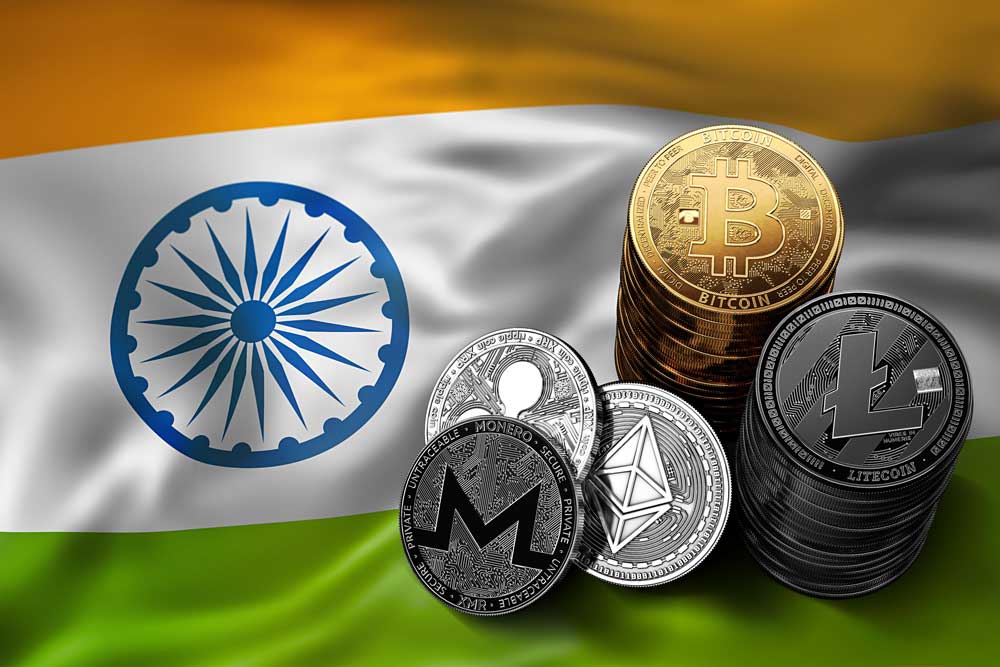The financial world is undergoing a digital revolution. Traditional financial systems are being reimagined through the power of blockchain technology. At the forefront of this transformation is Decentralised Finance (DeFi). DeFi offers promises of financial inclusion, transparency, and efficiency, especially for economies like India, where access to traditional banking is not uniform. However, with its disruptive potential comes a set of challenges that are particularly pronounced in the Indian regulatory, economic, and infrastructural landscape.
What Is Decentralised Finance Or DeFi?
DeFi refers to a financial ecosystem built on blockchain (shared digital ledger) networks. Unlike traditional finance, which relies on banks, brokers and centralised exchanges to manage and process transactions, DeFi applications use smart contracts or self-executing programs. Anyone with a crypto wallet and internet connection can access DeFi services without needing approval from a centralised authority. All transactions and code are visible on the blockchain, enabling full auditability. Users retain control of their funds at all times unless they interact with malicious or buggy contracts.
Smart Contracts are programs written on blockchain platforms like Ethereum. They automate processes like lending, borrowing, or trading based on predefined conditions. Most DeFi activities revolve around ERC-20 tokens on Ethereum or similar standards on other blockchains. Users interact with DeFi through non-custodial wallets like MetaMask or Trust Wallet. Many DeFi protocols are governed by Decentralised Autonomous Organizations (DAOs), where token holders vote on decisions like fee structures or software upgrades.

Pros Of DeFi
DeFi’s potential lies in its transformative approach to finance. Below are the key benefits, especially relevant in a country like India:
Financial Inclusion: India has over 190 million unbanked adults, many of whom are from rural or semi-urban areas. DeFi can offer financial services to anyone with a smartphone and internet, bypassing the limitations of traditional banking infrastructure.
Cost Efficiency: By removing intermediaries, DeFi reduces fees associated with loans, remittances, and trading. For example, sending remittances via blockchain can cost a fraction compared to traditional banking channels.
Transparency: Blockchain's immutable and transparent nature minimises fraud and corruption. Every transaction is publicly visible and traceable, which enhances accountability.
Control And Ownership: DeFi returns financial control to users. Unlike banks, where funds can be frozen or restricted, DeFi ensures users maintain full custody of their assets.
Innovation And Customisation: DeFi allows developers to build customised financial products tailored to specific community needs, whether it's micro-lending in rural areas or community-based savings pools.
Cons Of DeFi
Despite its potential, DeFi is not without serious challenges, particularly in the Indian context.
Regulatory Uncertainty: India has had a complicated relationship with cryptocurrency. The lack of a clear, comprehensive framework for DeFi creates confusion for developers, investors, and users. RBI’s previous banking ban on crypto (2018-2020), though overturned, still casts a shadow. Recent bills have proposed both bans and regulatory frameworks, but nothing has materialised into law.
Security Risks: Smart contracts are vulnerable to bugs and exploits. Many DeFi platforms have been hacked, leading to billions of dollars in losses globally. Without regulatory protections, users often have no recourse.
Volatility: Crypto assets, which underpin DeFi, are inherently volatile. This makes it risky for savings, lending, or long-term investment, critical considerations in India where many users can't afford major losses.
Technical Barriers: Using DeFi requires a certain level of technical understanding, which is a significant hurdle in India’s diverse, multi-lingual, and unevenly educated population. While India has over 800 million internet users, connectivity and smartphone penetration in rural areas still lag. This digital divide limits DeFi’s reach.
Scams: Rug pulls, Ponzi schemes, and malicious tokens have plagued the DeFi space. Without KYC norms or consumer redressal systems, Indian users are especially vulnerable.
Current Status And Untapped Potential
As of 2025, India has not released specific laws governing DeFi. Crypto assets are taxed under capital gains, but DeFi protocols fall into a grey area. The Financial Intelligence Unit (FIU) requires registration for certain Virtual Digital Asset (VDA) service providers, but DeFi platforms are often decentralised and unregistered.
India is the world’s largest recipient of remittances. DeFi can drastically reduce costs and increase speed, with some education for users on risks and responsibilities. DeFi lending pools can help farmers access capital without going through exploitative moneylenders or banks with rigid conditions. Micro, Small, and Medium Enterprises (MSMEs) often face credit crunches. DeFi protocols can offer alternative financing routes, especially with credit scoring via blockchain-based reputation systems. Inspired by traditional ‘chit funds’, DeFi can offer smart contract-based group savings mechanisms that are transparent and trustless.
India has a strong pool of blockchain developers and Web3 entrepreneurs. With the right support, India could become a global DeFi innovation hub. India’s booming fintech industry, bolstered by UPI, Aadhaar, and Jan Dhan, can integrate with DeFi to bridge the gap between centralised and decentralised finance.
India can draw insights from countries like Switzerland, with clear DeFi regulations and crypto-friendly policies. Singapore provides regulatory sandboxes and proactive engagement with startups. In Nigeria, the rising DeFi adoption due to inflation and financial exclusion is similar to Indian rural dynamics. These models can be emulated along with support for projects that build for Indian languages, economic segments, and mobile-first use cases.